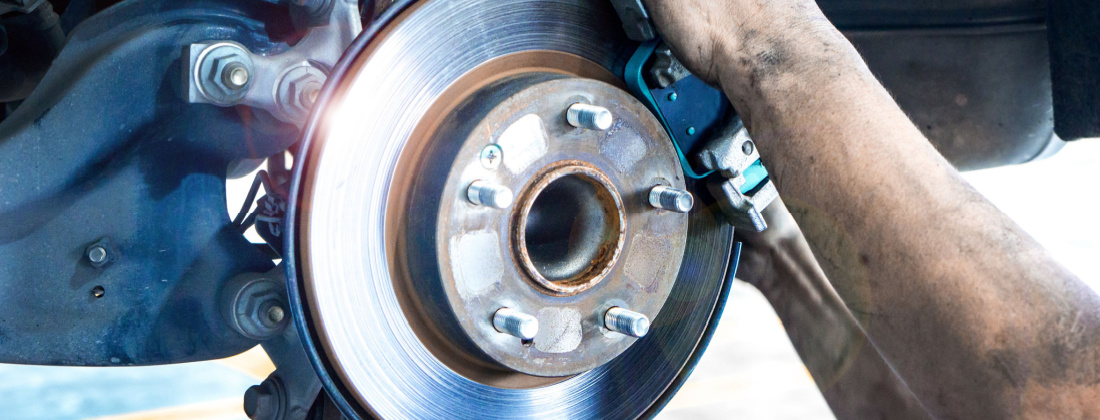Brakes 101: Everything You Need to Know
November 3, 2022
Maintenance

If you are a car owner or even just a lover of cars, then you know that brakes are pretty important. They are arguably the most important parts of your car. That’s why it is necessary to know how they work and what to do if something goes wrong.
What Makes Up the Braking System?
When you press the pedal in your car, you are engaging the braking system. But what exactly is that system, and how does it work? The braking system in a car is made up of several different parts, all of which work together to stop or slow down the car.
- Pedal
The pedal refers to what the driver presses to activate the braking system. It is connected to the master cylinder, which contains hydraulic fluid. When the pedal is pressed, the fluid is forced through a series of pipes and hoses to the calipers.
- Calipers
These are located around the wheels and contain pistons that squeeze the pads against the rotors.
- Brake Rotors and Pads
The rotors are metallic discs attached to the wheel hub and spin as the wheel and tire spin. They are the surface that the pads make contact with to slow down or stop the car.
The friction between the pads and the rotors slows down the rotation of the wheels and ultimately brings the car to a stop.
- Master Cylinder
The master cylinder circulates fluid through reinforced brake pipes that connect to the front and rear component systems.
This pressure activates friction-surfaced pads or shoes, which clamp down on rotating metal discs or drums, forcing them to stop.
- Brake Booster
It is a part of the power braking system that uses an engine vacuum or a vacuum pump to reduce the amount of pressure needed for braking to allow a driver to operate them easily.
- Brake Drums and Shoes
They are the alternative to rotors and pads in a drum system. When the pedal is pressed, the shoes are forced into the drum by the wheel cylinders, bringing the vehicle to a stop.
- Brake Lines
They transfer fluid (the hydraulic fluid that allows braking to be easy) between the master cylinder and wheels.
Brake Inspection Checklist
It is important to do an inspection at least once a year. This checklist will help you do just that. By catching any problems early on, you can avoid expensive repairs down the road.
- Pads: Check your pads for wear and tear. If they’re getting thin, it’s time to replace them.
- Rotors: Take a look at your rotors and make sure they’re not warped or damaged.
- Calipers: Check your calipers for leaks and damage. If they’re damaged, they’ll need to be replaced.
- Lines and hoses: Inspect your lines for leaks, cracks, or damage. If they’re damaged, they’ll need to be replaced.
- Fluid: Check your fluid level and make sure it’s full. If it’s low, top it off.
- Pedal: Make sure your pedal feels firm and responsive.
- Shoes; measure their thickness and check for cracks and looseness.
- Drum hardware: check for loose, discoloured, or badly corroded parts.
Tips to Take Care of your Brakes
If you want your car to slow or stop immediately when you hit the brakes, it’s important to keep your braking system in good condition. Here are some tips for taking care of your car’s braking system:
- Check your fluid regularly. If the fluid goes too low, it can cause them to feel “spongy” and make it harder to stop.
- Keep an eye on the pads. If they get too worn down, they won’t be as effective at stopping your car.
- Be careful when washing your car. Brake dust can be corrosive, so avoid getting water on them.
- Be aware of warning signs. If you notice your car is taking longer to stop than usual, or that the pedal feels softer than usual, it may be time to take your car in for a braking system check.
- Drive carefully. One of the best ways to maintain your braking system is to avoid putting too much strain on them. Try not to make sudden stops or hard turns, and avoid driving on rough roads whenever possible.
- And, of course, have them professionally inspected and serviced at least once a year.
Back


